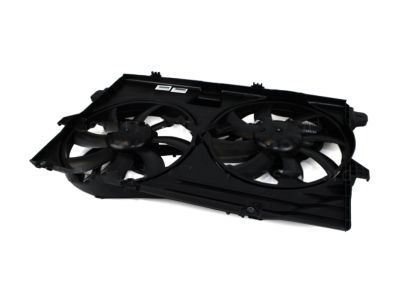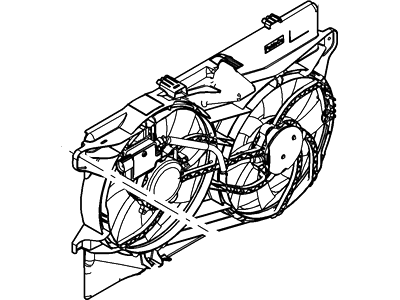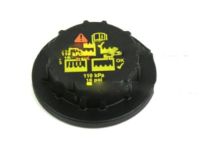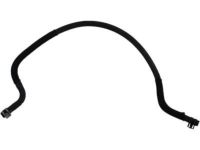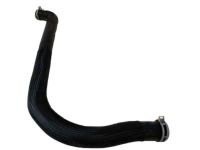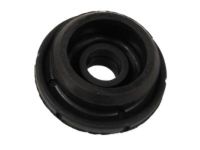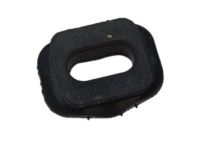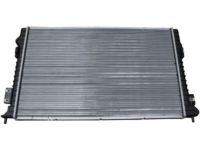When dealing with an overheating engine and the cooling fan not coming on as the engine temperature rises, first check the fuses in the underhood fuse/relay box. If the fuses are fine, inspect all wiring and connections to the fan motor, referring to the wiring diagrams. If no obvious issues are found, the problem might be related to the Cylinder Head Temperature (CHT) sensor, the cooling fan control module, or the Powertrain Control Module (PCM). In such cases, it's best to have the cooling fan system and circuit diagnosed by a dealer service department or a repair shop with appropriate diagnostic equipment.For replacement procedures, start by disconnecting the negative battery terminal and draining the cooling system. If the coolant is still in good condition, save and reuse it. Proceed to remove the upper radiator hose from the radiator and raise the vehicle, securing it on jackstands. Remove the lower splash shield beneath the radiator. For four-cylinder models, carefully pull up the four grommets under the engine cover to free them from the ballstuds and remove the engine cover. Also, remove the air filter housing and duct. On four-cylinder models, disconnect the Charge Air Cooler (CAC) tubes from the cooler and throttle body and disconnect various electrical connectors, such as the Manifold Absolute Pressure (MAP) sensor, air conditioning pressure switch, turbocharger boost pressure sensor, and cooling fan(s). On 2014 and earlier models, remove the transaxle cooling lines support bracket bolt and lower the cooling lines. On 2015 and later models, remove the radiator guide pins and use plastic cable ties to support the cooling module. Continue with specific steps for each model and year, disconnecting upper radiator hoses, unclipping transaxle fluid lines, and removing the fan shroud assembly.For V6 models, remove the block heater harness (if equipped), upper radiator hose, and fan motor electrical connector before lifting the fan shroud assembly. In the case of 2.7L VG models (2015 and later), remove the cooling module, disconnect electrical connectors from the cooling fans, and remove the fan shroud assembly. For 3.5L VG models (2015 and later), remove the radiator support panel push-pin plastic fasteners, the radiator guide pins, and the lower radiator support before detaching the fan shroud assembly from underneath the vehicle. Afterward, proceed to detach the fan blade from the motor and the motor from the shroud by removing their respective retaining fasteners.Installation involves reversing the removal steps, ensuring the rubber air shields around the shroud are in place for efficient cooling system operation. Finally, reconnect the battery, refill the cooling system, and bleed the air from the system. Start the engine, allow it to reach normal operating temperature, and check for any leaks or proper operation.
Posted by FordPartsGiant Specialist 

